Exact Answer: Up to 6 weeks
Giving birth is intensely stressful for the body. It needs time to recuperate after the nine months of the gestation period and the delivery of the child is over. This implies that the patient in question has to give her body some rest before she can go back to her daily routine.
After delivering a child, the mother is instructed to refrain from certain activities. This includes driving. New mothers are prescribed to remain away from driving for a certain period of time by their doctors because she is weak and vulnerable. Operating an automobile under her current predicament is strictly prohibited.

How Long After Giving Birth Can I Drive?
Childbirth is considered to be an extremely taxing time for the body of the woman in question. After the delivery, the patient has to follow certain stipulated post-procedure protocols. Most new moms are not allowed to drive a motor vehicle at least until 2 weeks after their delivery.
In the event that the woman in question has opted for a vaginal birth, doctors would recommend that she stays away from driving for at least 2 weeks. However, after a caesarian birth, this timeline is effectively lengthened.
In the case of most moms who give birth through a C-section, the doctor in charge will ask her to refrain from driving for at least 6 weeks. Again this is the best-case scenario. Many women are asked to stay away from the steering wheel for more than 6 weeks after their C-section deliveries.
Again, it is equally seminal to note that this timeline is one that’s based on average rates of prescribed resting times for new moms. The specific time period for each patient may well depend on other factors like post-delivery bleeding, nausea, weakness, etc. Thus, the health of the mother after the delivery will also account for calculating the total period of time that she must refrain from driving.
If the bleeding is minimal in the days after the delivery –whether it is a natural birth or a C-section- then the driving restrictions are gradually lifted. However, if the health of the mother is not up to mark, then these restrictions will inevitably be prolonged.
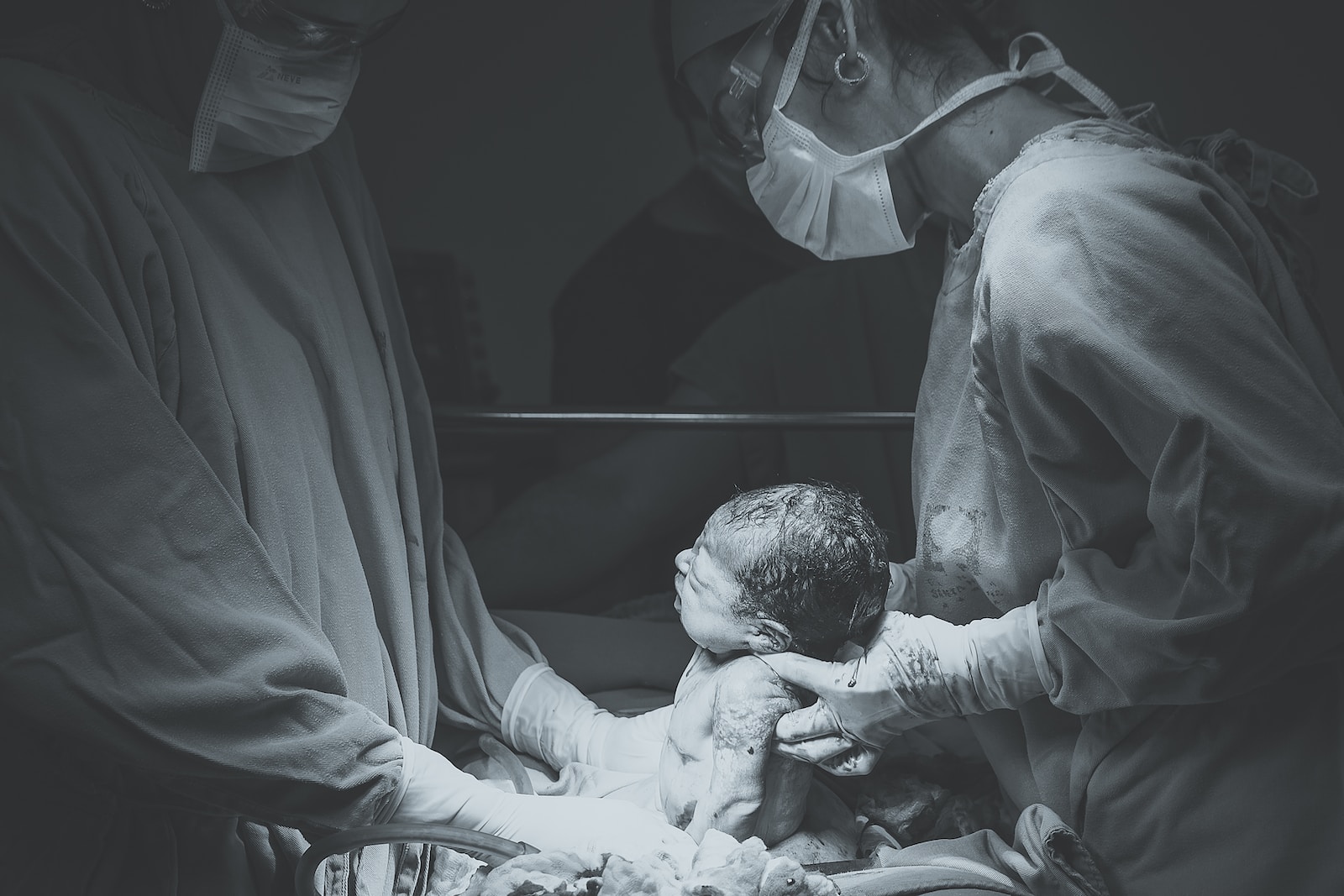
In summary:
| Kind of Delivery | Waiting Period to Resume Driving |
| Normal Delivery | 2 to 3 weeks |
| C-Section Delivery | Up to 6 weeks |
Why Do I Have To Wait So Long To Drive After Giving Birth?
During a normal delivery, the body undergoes a significant wave of stress and strain in attempting to push the baby out. This causes the abdominal muscles of the mother to be severely weakened. The patient is likely to remain in pain for quite some time after the vaginal birth is over.
Moreover, the contractions when labor starts also affect the muscles. Thus, the woman in question must give her muscles and nerves some rest after the delivery is completed. Driving will inevitably require the engagement of the lower muscles. Therefore, it is not considered to be a feasible activity right after a natural delivery.
When a woman undergoes a C-section to deliver her child, the impact on the body is even greater. Since a caesarian birth is a surgical procedure, it takes a longer period of time to heal from the procedure than natural birth. Women also lose blood during the procedure. This adds to the weakness felt by the new mom after the surgery.
Moreover, since after a C-section the mom must wait for the open wound to heal and recuperate, she cannot drive. Driving will unnecessarily pull the abdominal area, causing pain and also bleeding in some cases. It may also cause a tear in the wound.

Similarly, the patient is also under the influence of painkillers that may impair her judgment and concentration while driving. Doctors thus recommend a 6-week gap.
If the patient is recovering properly after the delivery, especially if she had a natural one, then the doctors can allow her short driving trips from the 2nd week onwards. However, if bleeding persists and the wound has not healed properly for a C-section mom, doctors may postpone driving further.
Conclusion
Driving requires a high level of precision. Patients who have recently undergone surgery or major trauma are required to remain away from the steering wheel for some time. This is also applicable for women who have recently delivered a child.
Generally, if the child was born through vaginal birth, then the mom is allowed to return to driving with a week or two of the delivery. If the mother had to undergo a caesarian birthing procedure, then this period is extended to up to 6 weeks or more. Again, there are other contingencies that may alter this average gap between one’s delivery and driving.



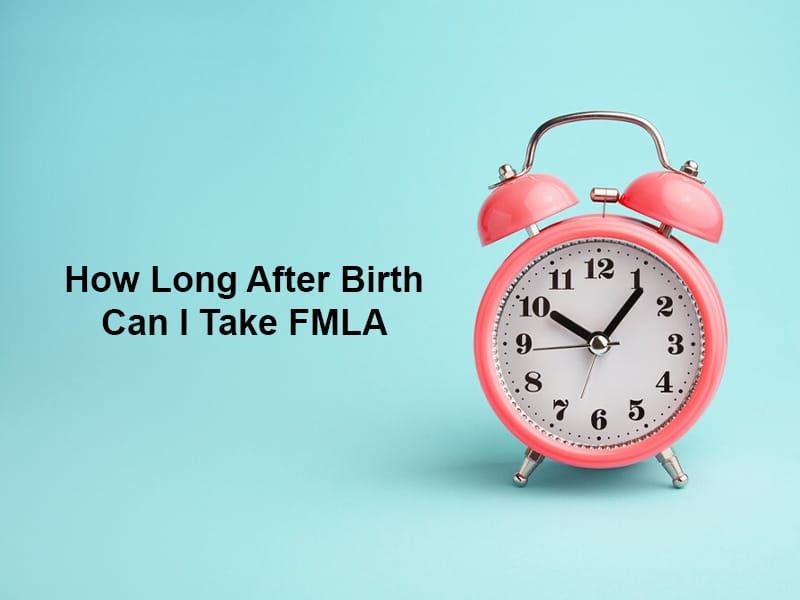
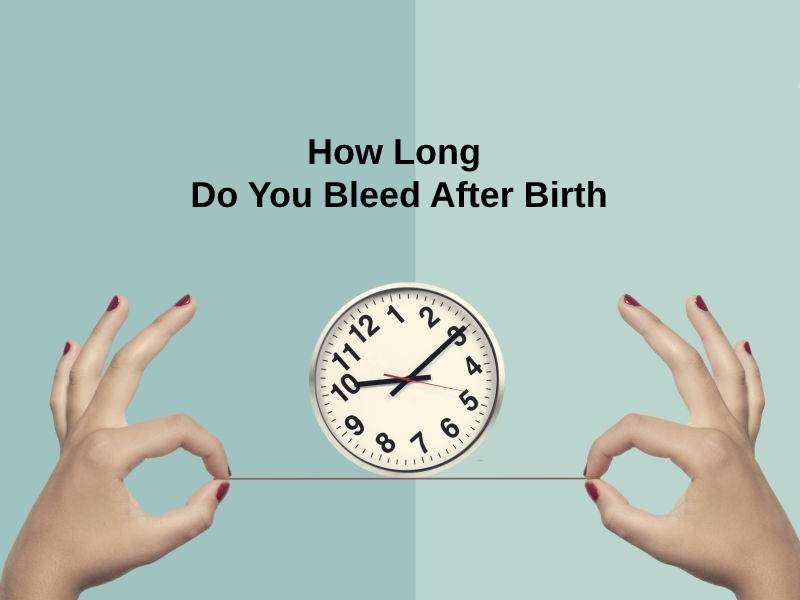

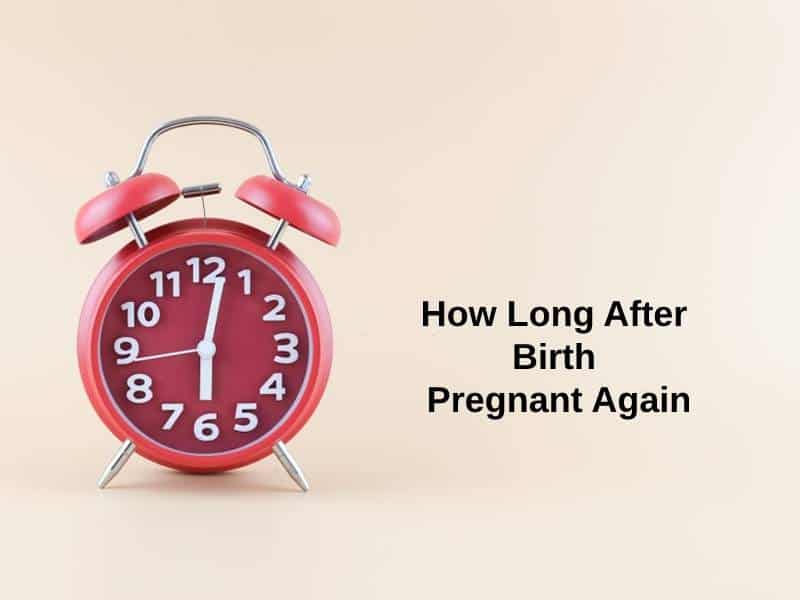

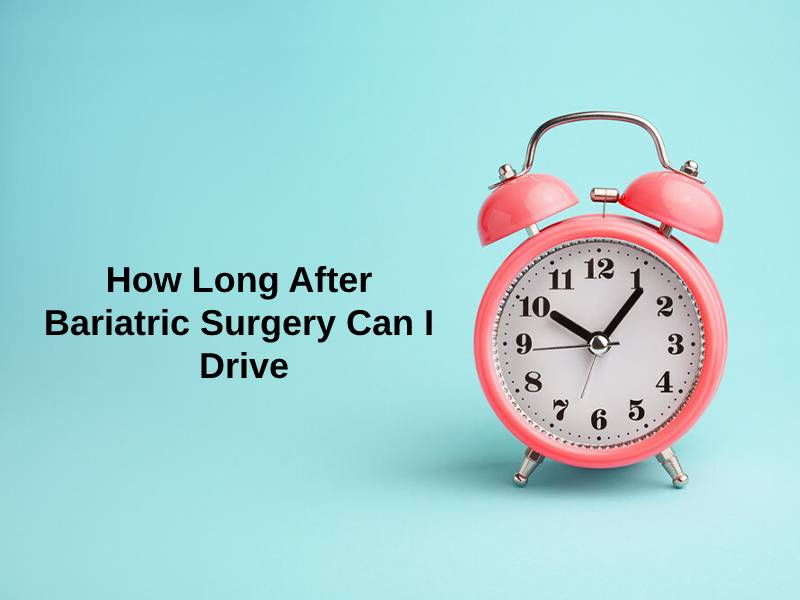
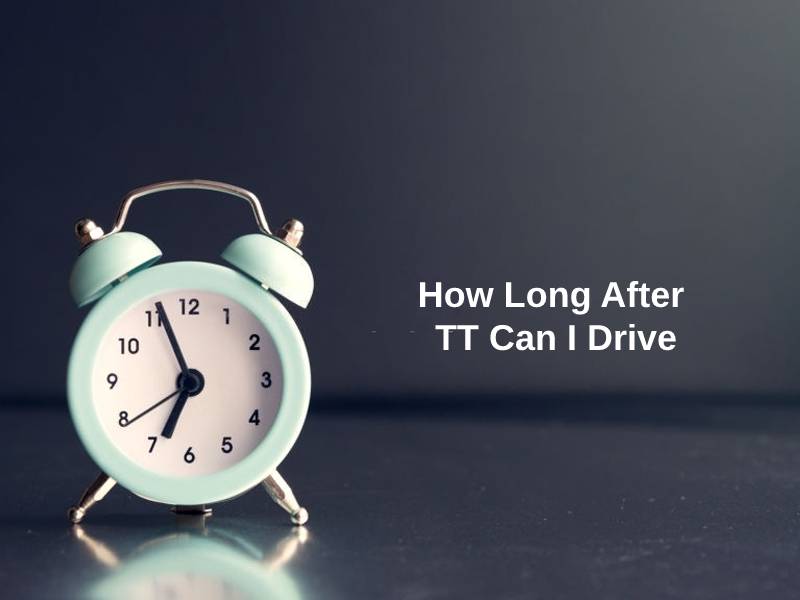
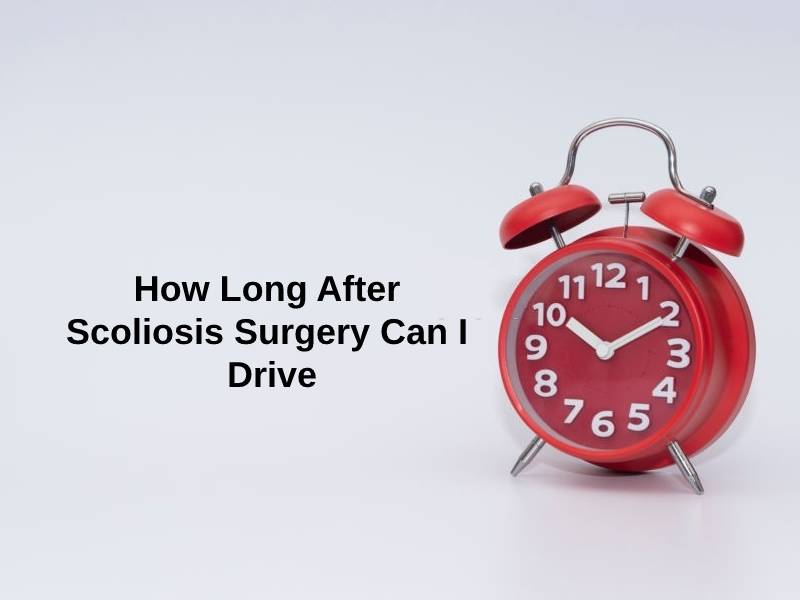
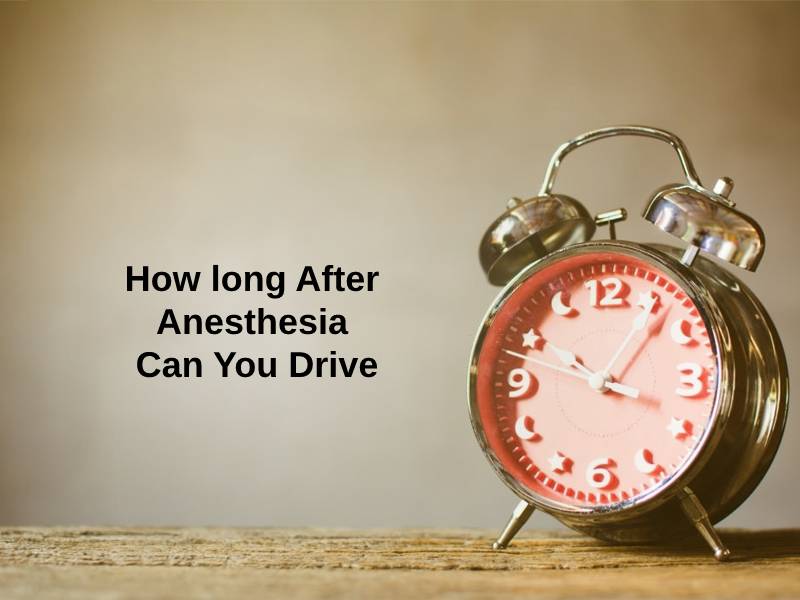
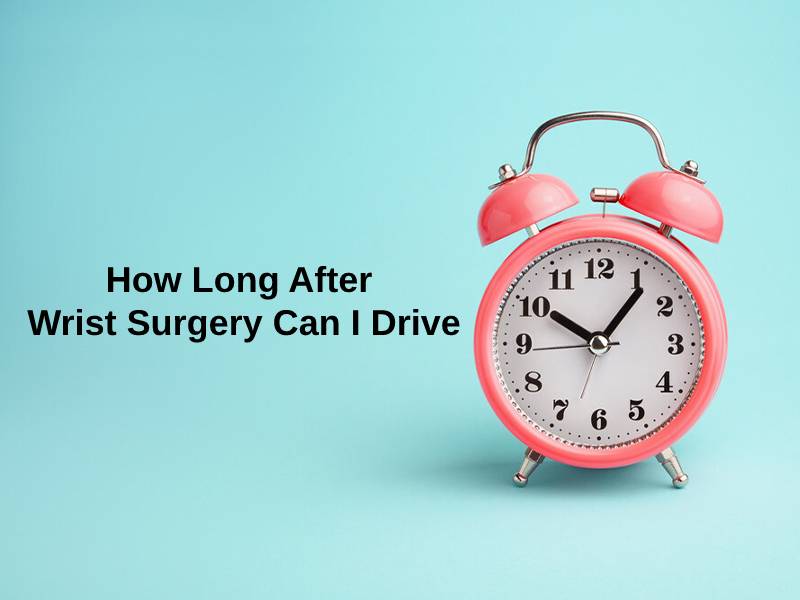
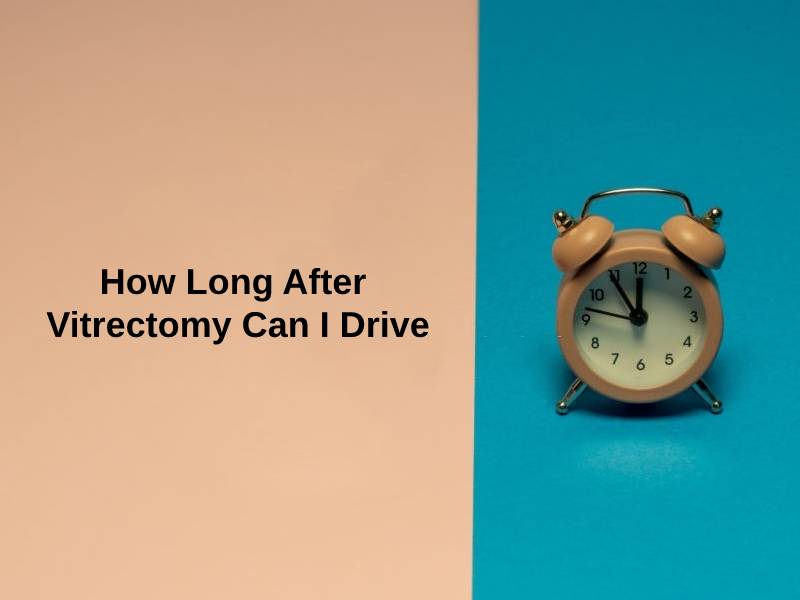
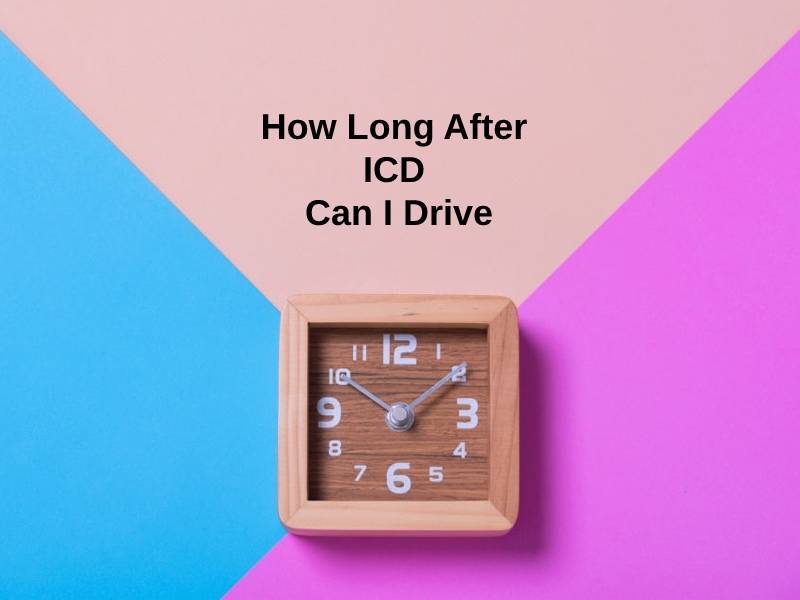
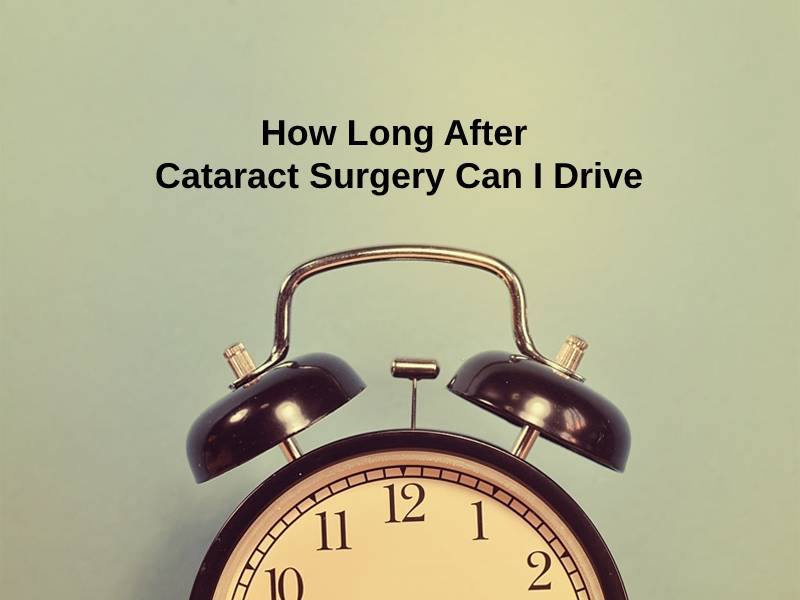
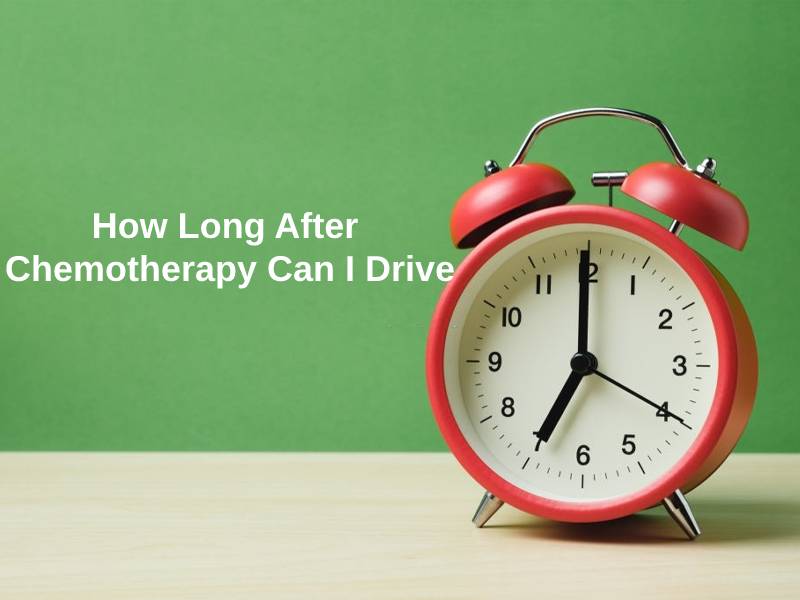
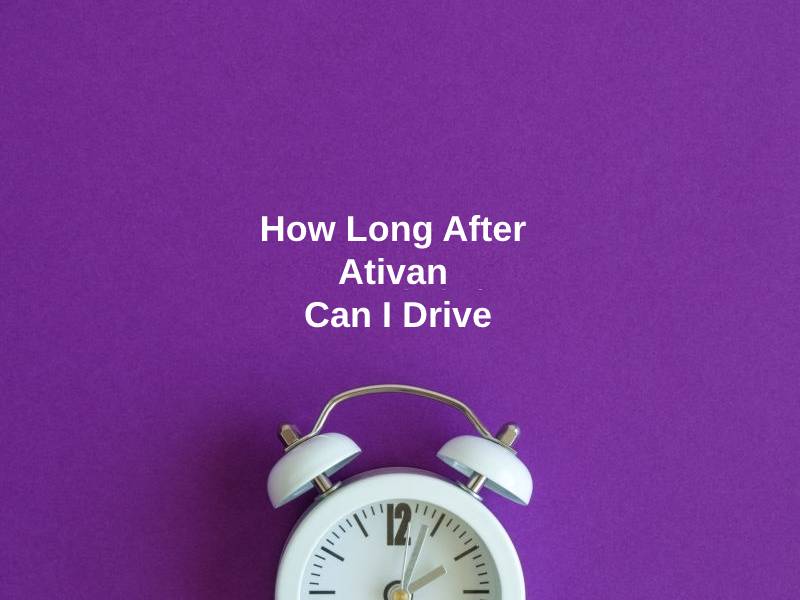

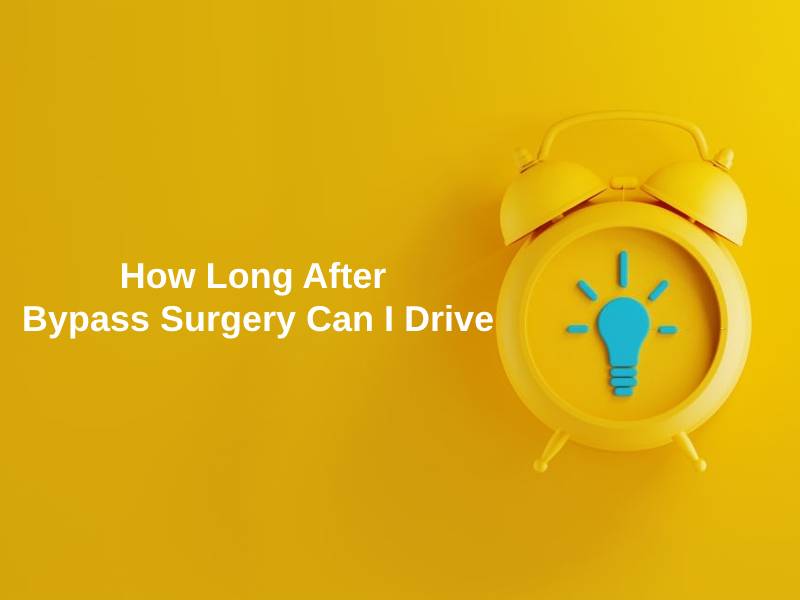
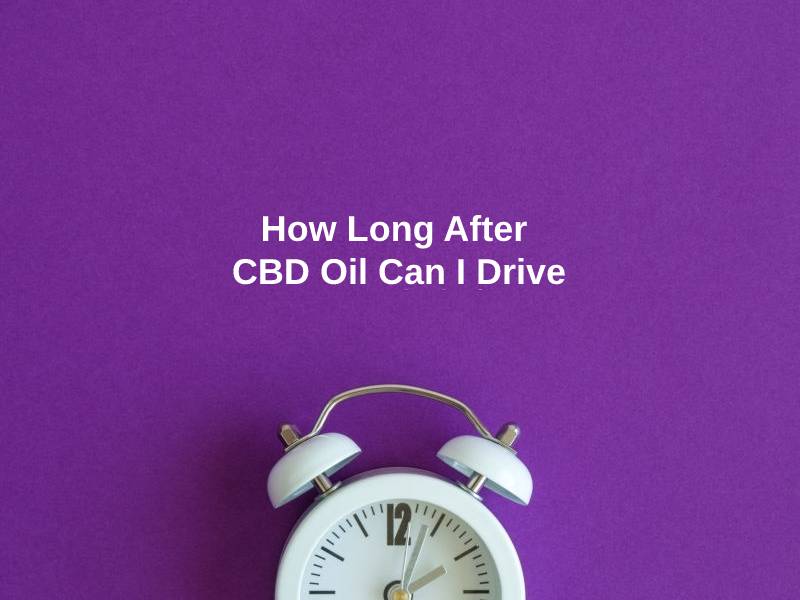
This article seems to exaggerate the recovery period. Not all women need to wait 6 weeks to drive after a C-section.
That’s true, some women may be able to resume driving earlier, so each case should be evaluated individually.
The explanations provided on the impact of childbirth on the body are very insightful.
I agree, it’s important to understand the physical recovery process for new mothers.
Very informative article. It’s essential to prioritize the health and safety of new mothers.
Absolutely, the recovery period is crucial for new mothers and they should follow the doctor’s recommendations.
The article’s emphasis on the specific recovery timelines for vaginal and C-section deliveries is very helpful for new mothers and their families.
Absolutely, knowing the expected recovery timelines helps in planning and support for new mothers.
The emphasis on why driving should be avoided post-delivery is convincing and logical.
Definitely, safety should be a top priority for both the mother and the newborn.
The article’s focus on the importance of precision and safety regarding driving post-childbirth is enlightening and necessary for new mothers to consider.
Indeed, safety should be the priority during the postpartum recovery period.
This article provides a clear and detailed breakdown of the recovery timeline for new mothers. Thank you for the thorough information.
Agreed, understanding the reasons behind the driving restrictions is important for ensuring the well-being of new mothers.
The article’s detailed explanation of the recovery process after childbirth is essential information for new mothers and their healthcare providers.
Absolutely, understanding the recovery timeline is crucial for ensuring the well-being of new mothers.
The detailed explanation of the impact of childbirth on the body provides great insight into the recovery process for new mothers. Well-written article.
Definitely, understanding the physical strain of childbirth is essential for appreciating the post-delivery recovery period.
The cautionary approach described in the article is commendable. New mothers need to prioritize their recovery and health.
Absolutely, it’s crucial for mothers to listen to medical advice before resuming regular activities.